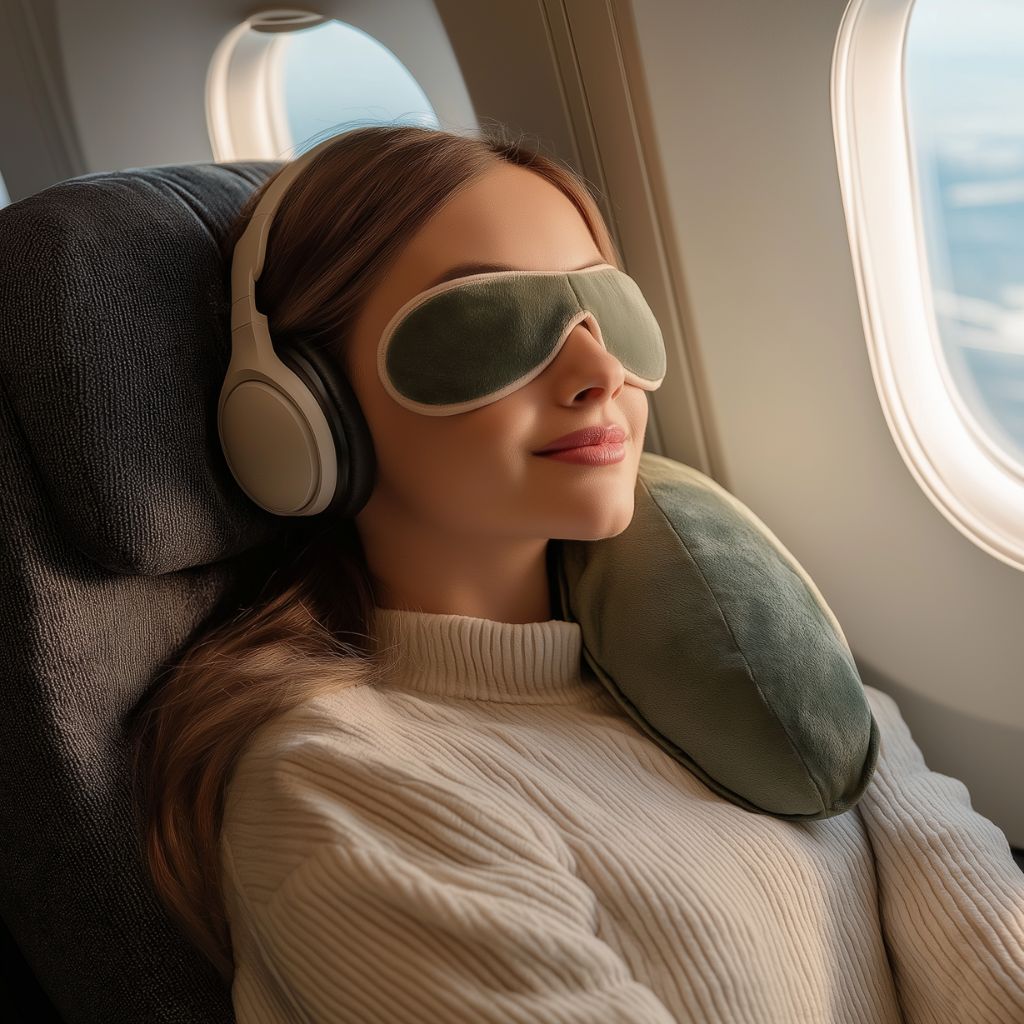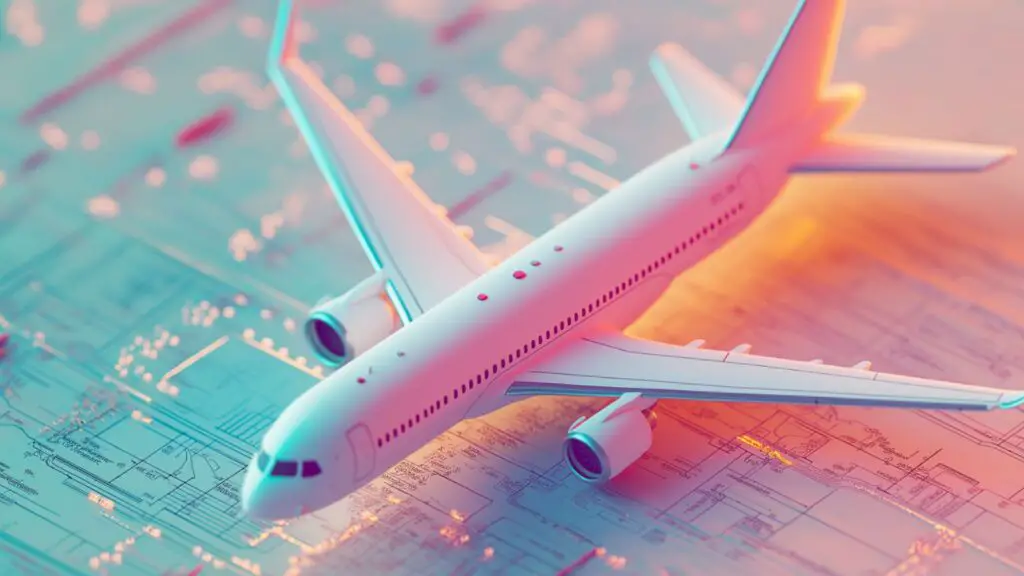8 Secrets to Enjoying Long-Haul Flights: Expert Travel Comfort Tips for Every Flyer
Table of Contents
Introduction
Long-haul flights can feel like a test of endurance—especially if you’re cramped, restless, or unprepared. Whether you’re traveling for business or jetting off on a dream vacation, flights lasting eight hours or more can be daunting. According to the International Air Transport Association (IATA), the average long-haul flight covers 3,000+ miles and spans 10+ hours, leaving many travelers fatigued before their trip even begins.
But here’s the good news: you don’t have to suffer through the experience. With a few insider tricks, smart packing strategies, and pre-flight planning, long-haul travel can be surprisingly manageable—and even enjoyable.
In this guide, we reveal 8 essential secrets to enjoying long-haul flights, from seat selection and hydration to in-flight entertainment hacks and sleep comfort. Whether you fly economy or business class, these tips will help you arrive more refreshed, less jet-lagged, and ready to explore.
Outline
1. Choose Your Seat Strategically
- Aisle vs. window: match to your sleep and movement needs.
- Use tools like SeatGuru for seat reviews.
- Avoid seats near restrooms or galleys.
Table: Best Seats for Long-Haul Flights
| Traveler Type | Ideal Seat Choice | Why It Works |
| Light Sleeper | Window seat, front cabin | Less traffic, better rest |
| Frequent Mover | Aisle seat | Easy access to bathroom/stretching |
| Tall Passengers | Exit row or bulkhead | Extra legroom |
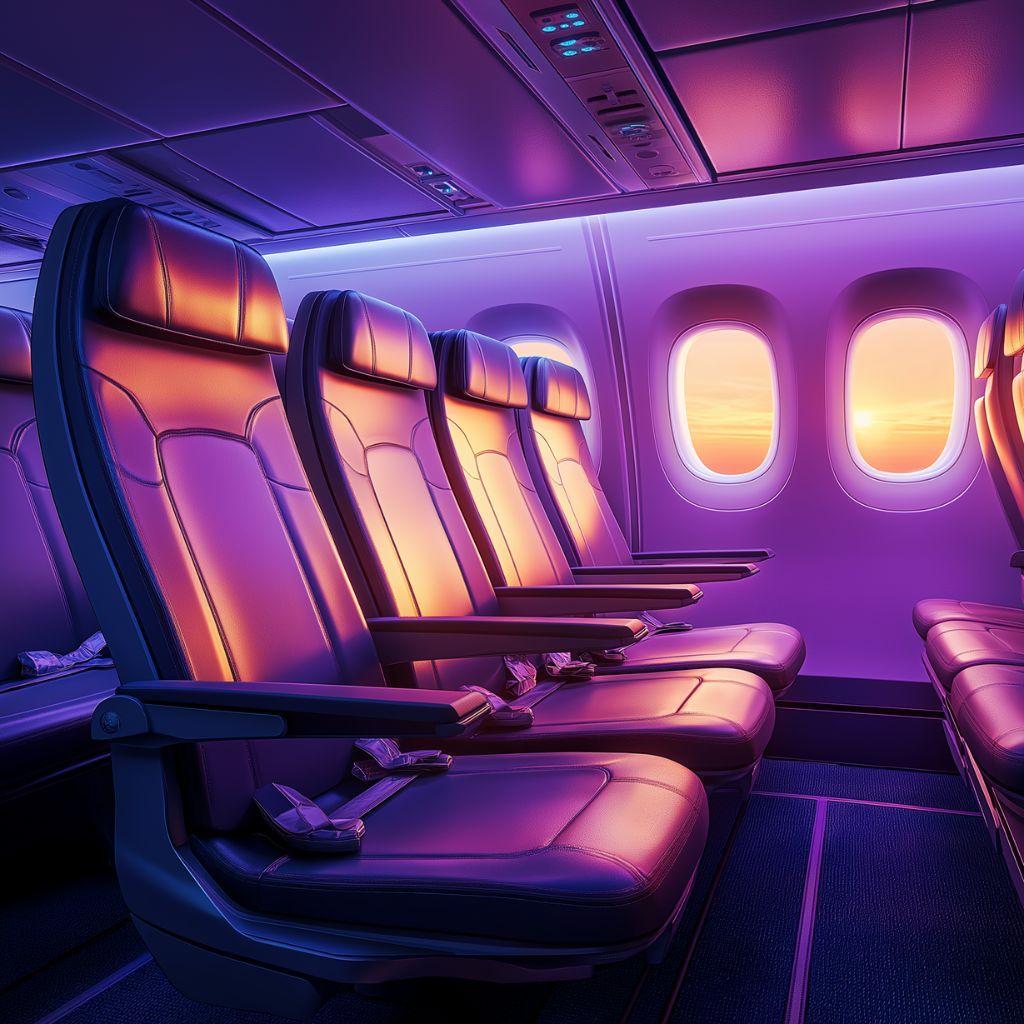
2. Dress in Layers and Choose Comfortable Fabrics
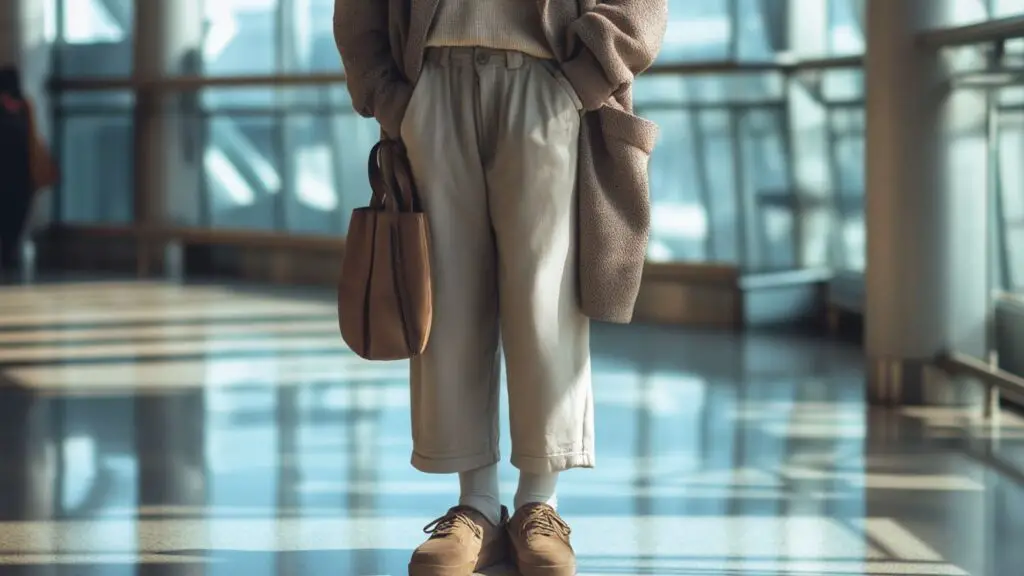
- Temperature on flights can fluctuate drastically.
- Choose breathable, wrinkle-resistant clothing.
- Bring a soft scarf or oversized sweater as a wrap or blanket.
3. Create a Personalized In-Flight Comfort Kit
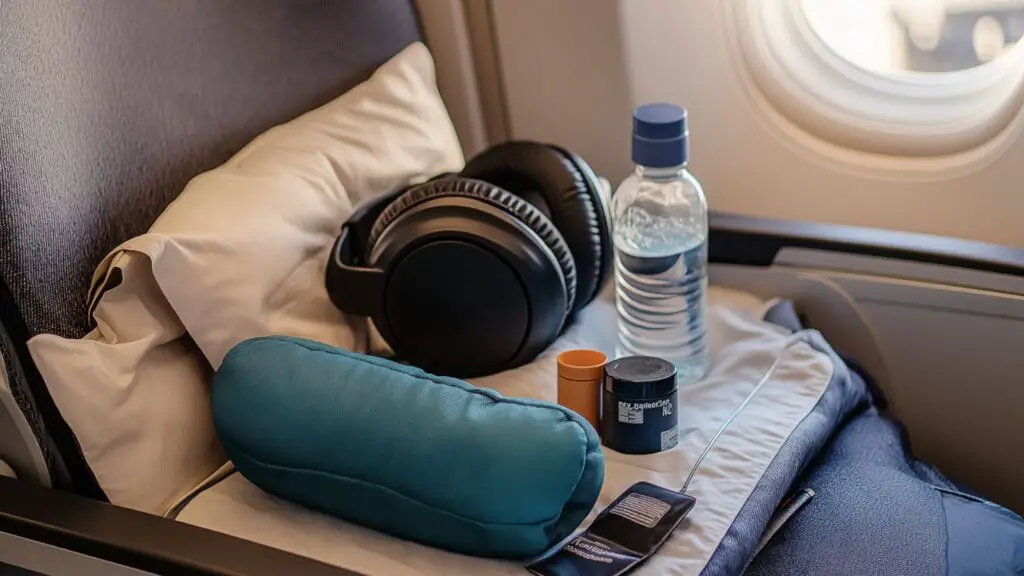
Essentials to Include:
- Noise-canceling headphones or earplugs.
- Sleep mask, neck pillow, and compression socks.
- Lip balm, face mist, and hand sanitizer.
Table: Comfort Kit Checklist
| Item | Purpose |
| Neck Pillow | Support for better sleep posture |
| Eye Mask | Blocks cabin light |
| Earplugs/Noise-canceling Headphones | Minimizes sound distractions |
| Hydrating Skincare | Prevents dry skin at altitude |
| Compression Socks | Improves circulation |
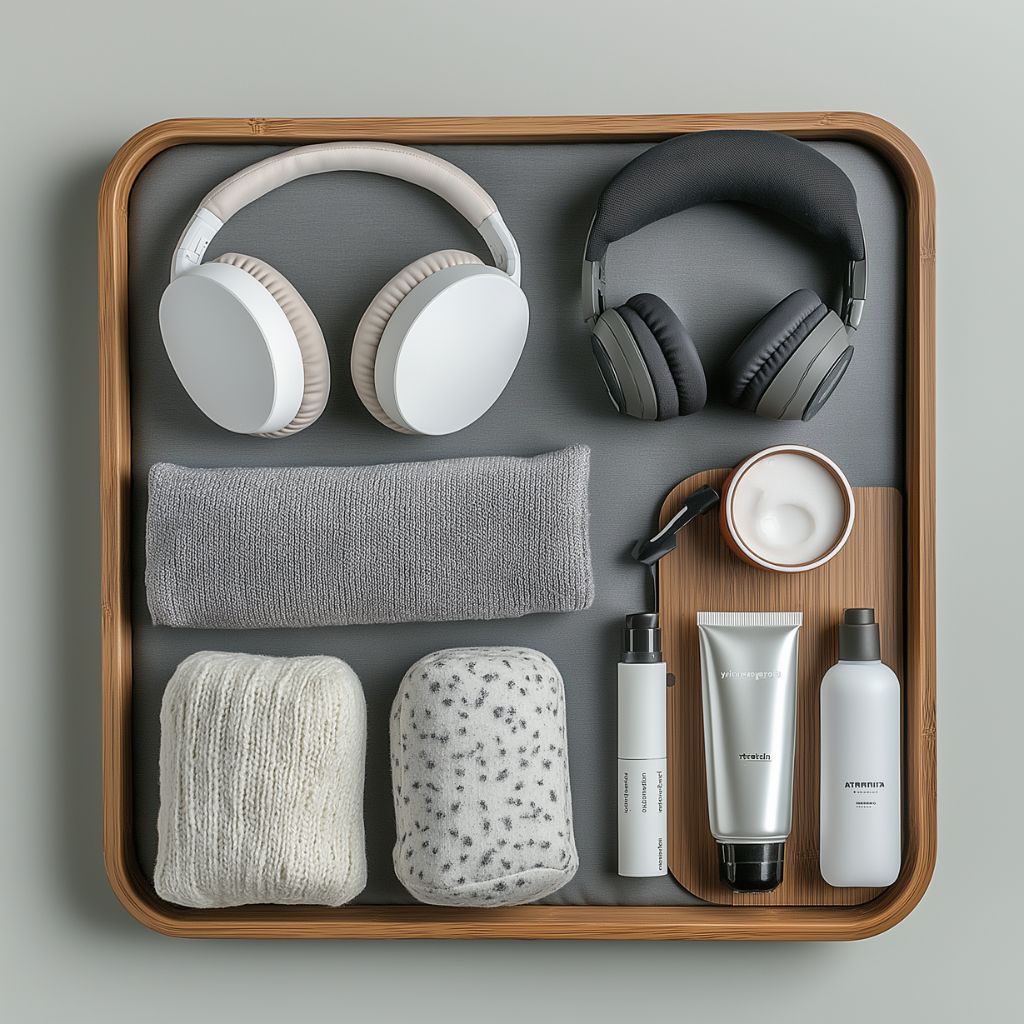
4. Stay Hydrated and Be Smart About Meals

- Cabin air is drier than the Sahara—drink water often.
- Avoid excess alcohol and caffeine.
- Choose light meals that aid digestion and reduce bloating.
5. Move Regularly and Stretch In-Seat

- Prevent stiffness and reduce DVT risk.
- Set a timer to move every 1–2 hours.
- Try simple foot circles, shoulder rolls, and ankle flexes.
6. Use Tech to Beat Boredom and Maximize Rest
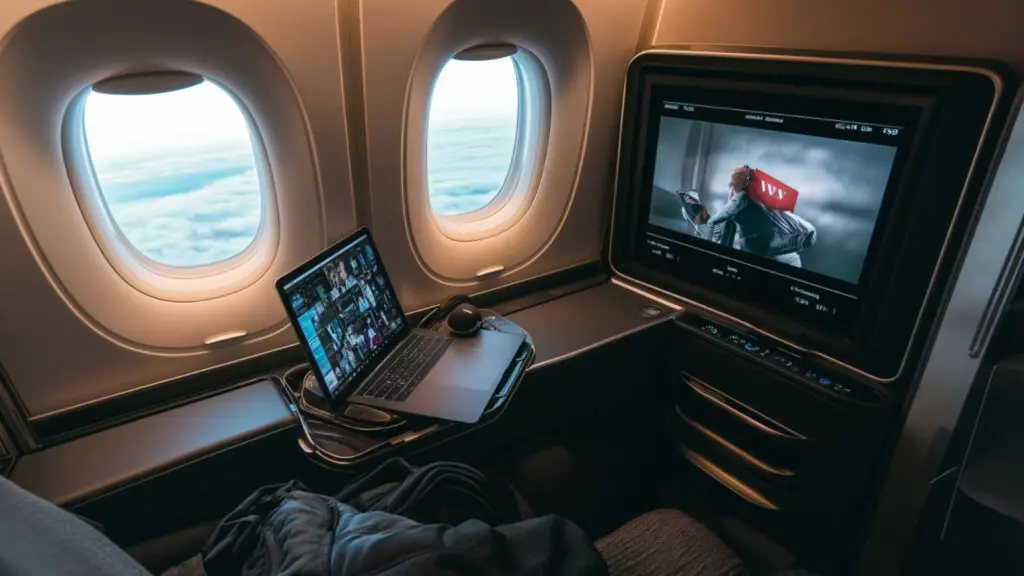
Entertainment Prep:
- Download movies, podcasts, and e-books.
- Bring a power bank and your own headphones.
- Use white noise apps or offline meditation guides for relaxation.
7. Optimize Sleep with Timing and Tools

- Adjust your sleep schedule before departure.
- Use melatonin or natural sleep aids (consult a doctor).
- Block distractions with a full sleep kit.
8. Freshen Up Before Landing

- Use face wipes, toothbrush, and deodorant before descent.
- Change into destination-appropriate clothes.
- Helps you feel human again and arrive confidently.
Detailed Content Expansion
1. Choose Your Seat Strategically
One of the most overlooked yet critical steps to enjoying a long-haul flight is seat selection. Your seat can mean the difference between arriving rested and alert or crumpled and cranky.
Understand Your Needs
- If you’re a frequent aisle-getter-upper (bathroom breaks, stretches), book an aisle seat for ease of movement.
- Prefer sleeping through the flight? A window seat gives you something to lean on and minimizes disturbances.
- Taller travelers or those needing legroom should aim for bulkhead or exit row seats—but be aware of restrictions like fixed armrests or proximity to lavatories.
Research Before You Book
Use tools like SeatGuru or ExpertFlyer to look up your aircraft and see seat maps, photos, and traveler reviews. Some seats, while technically window or aisle, may have limited recline, proximity to baby bassinets, or missing windows.
Airlines with Notable Comfort Features
Some long-haul-focused airlines go the extra mile:
- Singapore Airlines: wider economy seats
- Qatar Airways: spacious cabins with good recline
- Air New Zealand: “Skycouch” option for lie-flat economy
Table: Ideal Seats Based on Travel Goals
| Goal | Recommended Seat Type | Notes |
| Best Sleep | Window, near front | Quiet and private |
| Easy Movement | Aisle, mid-cabin | Fewer people climbing over you |
| Legroom | Exit row or premium economy | Worth paying extra for comfort |
| Kid-Free Zone | Avoid bulkhead rows | Often near bassinets |
Pro Tip: Consider upgrading to premium economy on long-haul flights—it often includes extra space, enhanced meals, and better sleep comfort without the full business class price tag.
3. Create a Personalized In-Flight Comfort Kit
While airlines offer small amenity kits in premium cabins, building your own custom comfort kit can significantly improve your economy experience—and help you feel more at home at 35,000 feet.
Must-Have Items
- Neck Pillow: Choose memory foam or inflatable based on your carry-on space.
- Eye Mask: Look for a contoured shape that doesn’t press against your eyes.
- Earplugs or Noise-Canceling Headphones: Block crying babies or chatty neighbors.
- Compression Socks: Promote blood circulation and reduce swelling.
- Hydration Helpers: Include lip balm, hand lotion, face mist, and water wipes.
Entertainment & Tech
Add a small tech pouch with:
- A fully charged power bank (airlines often run out of USB ports).
- Wired headphones for in-seat screens and Bluetooth ones for your devices.
- Downloaded media: eBooks, music, audiobooks, or calming meditation apps.
Snacks & Health
- Healthy snacks: nuts, granola bars, dried fruit.
- Hand sanitizer & wipes: For tray tables and armrests.
- Travel toothbrush & mini toothpaste: Freshen up before landing.
Table: In-Flight Comfort Kit Essentials
| Category | Item | Reason |
| Sleep | Neck pillow, eye mask, earplugs | Rest better in bright/loud cabins |
| Hydration | Lip balm, mist, lotion | Rehydrate skin and lips |
| Tech | Headphones, charger, downloaded media | Stay entertained or relaxed |
| Health/Snacks | Wipes, sanitizer, snacks | Clean and curb hunger |
Pro Tip: Use a zip pouch or packing cube to keep everything organized and easily accessible under your seat or in the seatback pocket.

Conclusion
Long-haul flights don’t have to be a dreaded part of travel. With the right preparation—strategic seat selection, curated comfort kits, hydration habits, and sleep tools—you can make even a 14-hour journey feel manageable. Whether you’re flying solo, with family, or for work, these 8 comfort tips help you arrive at your destination feeling refreshed and ready to go.
From the moment you choose your seat to the final refresh before landing, every detail counts. When you fly smarter, you travel better.

